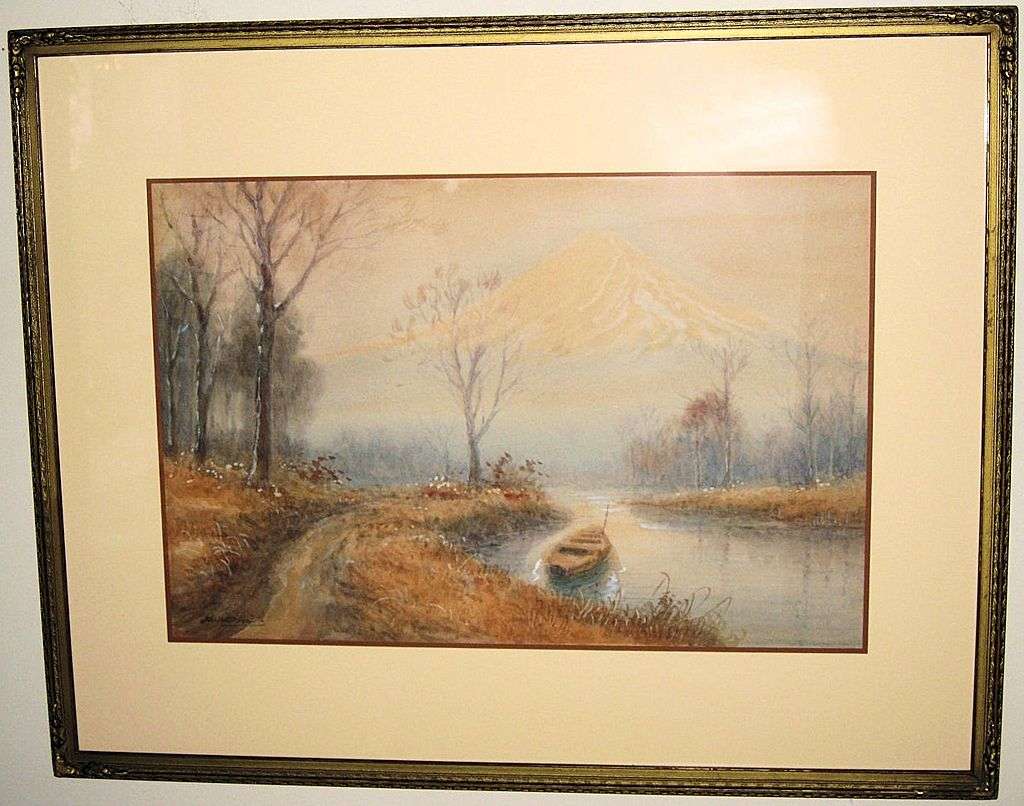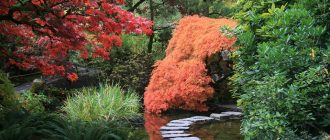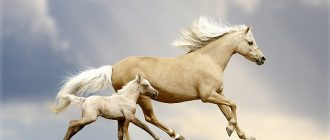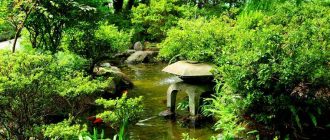Interested in watercolors from Japan? Discover the Japanese watercolor art legacy and the factors that influenced this form of art.
Although there exists a huge collection of watercolor art from Japan much of it belongs to the post war era. Very little knowledge has been accumulated regarding the watercolor artists that existed before the time of the Great War.
The watercolor art that we do know of belongs to the post war era. It has been observed that much of the watercolor artwork seems to have been inspired by the western style of watercolor techniques. In fact many of the watercolor artists of Japan are known to have been educated in the western style.
You will find the watercolor art work to be signed in Roman letters by the Japanese artists much in the same way as the westerners were fond of doing. The collection of water color art work displays the intricate skills that the Japanese watercolor artists possessed. Ironically though, the works of the Japanese watercolor artists can be obtained fairly cheaply through auctions. The prices at which these works of art are available are in no way a measure of their artistic value.
Some of the most prominent water color artists of Japan are S. Hodo, R. Aoki, S. Niimi, Fukutaro Terauchi, Tasuke (G.T.) Yokouchi, T. Masami, K. Seki and Shuho.
The medium of watercolor consists of a pigment ground in gum. The gum used is usually referred to as Arabic gum. This is applied to the painting surface with the help of a brush and water. The watercolor pigment ranges from transparent to opaque depending upon the amount of whiting in it. The body color as it is known can then be mixed with casein.
In terms of the range and variety that the Japanese artists were able to produce with water color can compare to any other method of painting. The watercolor art displays a sense of freshness and luminosity in its washes. The paintings created through this medium seem to have a very alluring effect on the observer.
The factor that distinguishes water color from all other heavy mediums of painting is its transparency. The water color artist’s approach is the exact opposite of that of an oil painter. Instead of building up a painting the water color artist works by leaving out the portions that he wants to be white. Thus the background surface of the paper serves as the white in the painting.
Some of the darkest marks on the painting are applied directly by the pigment or by mixing it with very little water. Once the water is added the color begins to dilute. The quantity of water in the wash determines the affect that the paper will have on the colors. This is a technique that the Japanese artists had mastered and is visible in their works of art.
Although the Japanese artists learnt the technique of water color painting from the Americans and British their works of art are second to none. Art work created through this spontaneous and challenging medium is truly worth appreciating and one can even get their hands on a Japanese water color painting for a decent price.





